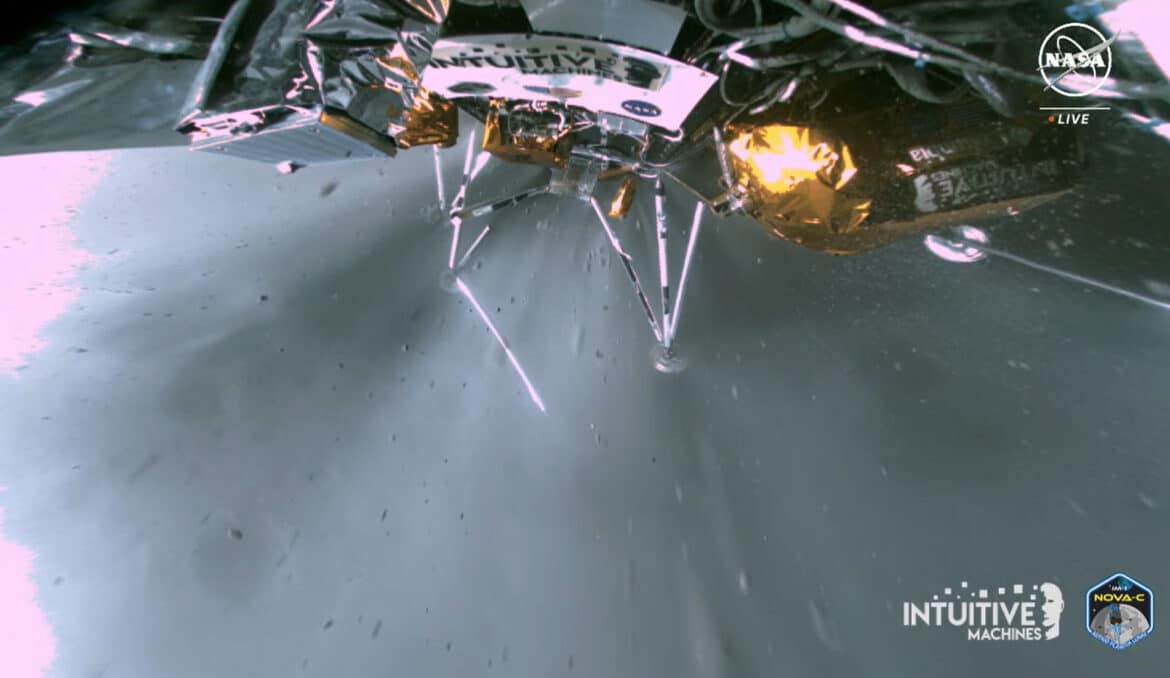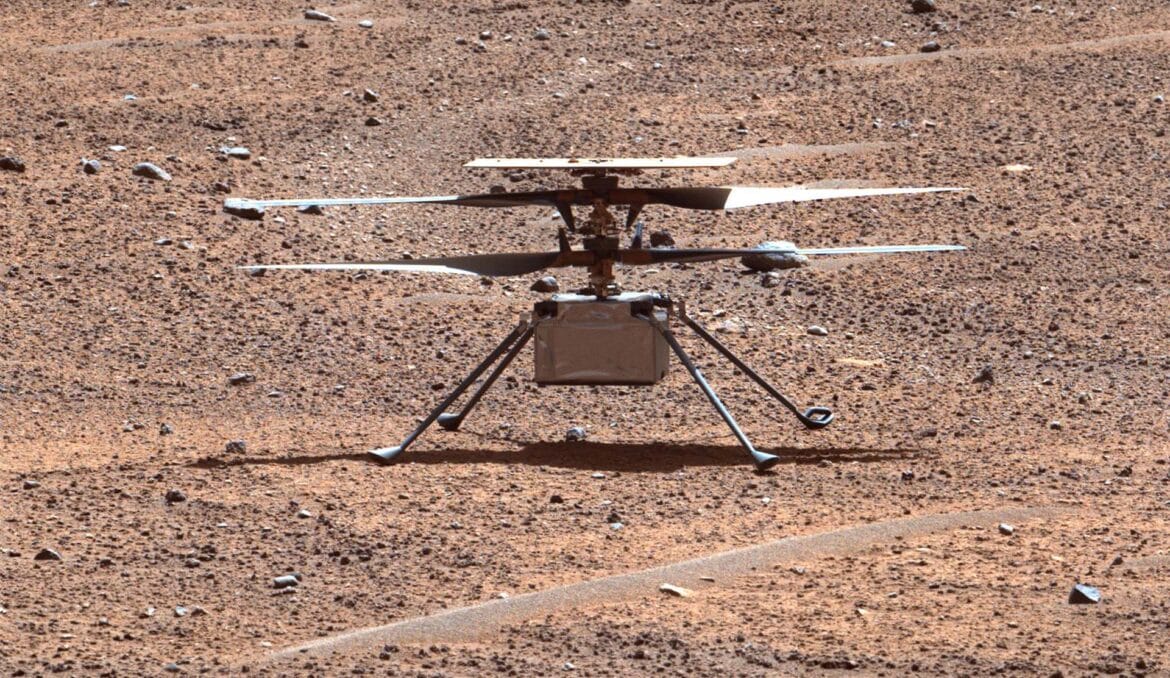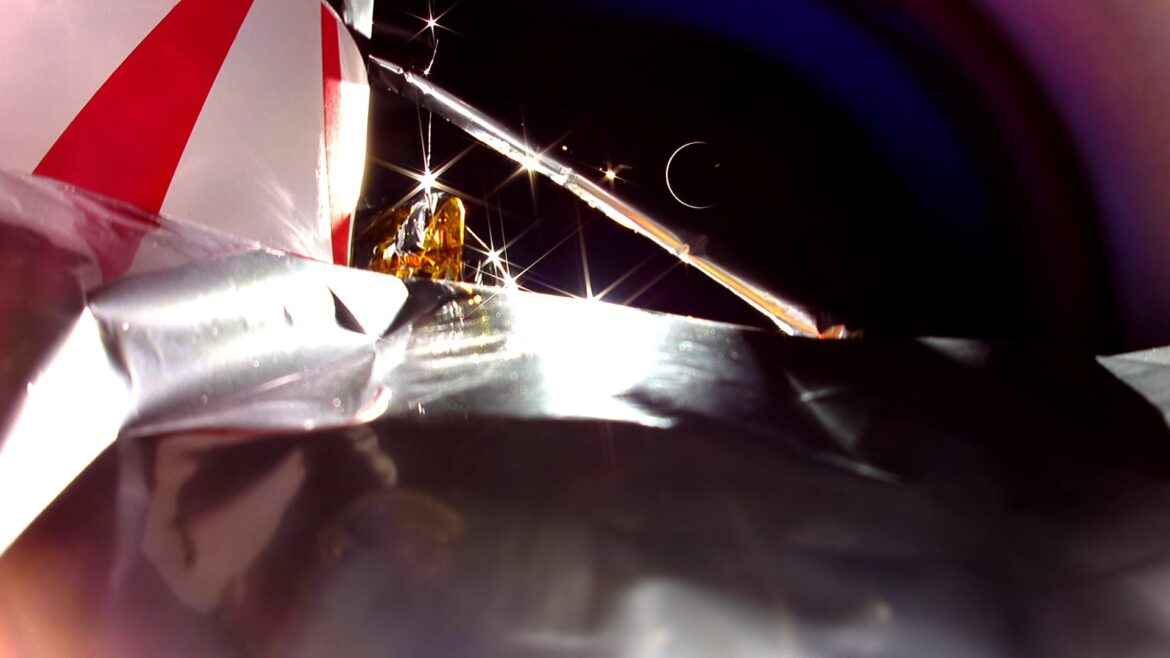

The AxEMU spacesuit from Axiom Space. The black color of this prototype will not be that of the final suit. It is indeed a white coating that will be applied.
© Axiom Space
Space Suits In Service
AxEMU is based on a rigid torso, a solution already applied to current American spacesuits, but adds numerous innovations, particularly in order to give more freedom of movement to the astronauts who will wear it. The boots presented a particular insulation challenge, as they are expected to walk in dark areas where the ground will be very cold. The black colour will not be retained for the exterior covering. For reasons of thermal management (the need to repel the heat of the Sun), they will return to the classic white colour already seen on previous American space suits. Above all, AxEMU is no longer based on the idea of a spacesuit split in two at waist level that is put on in two main stages, first the “pants,” then the upper part. The solution adopted is reminiscent of that of the Russian Orlan spacesuits, namely a dorsal entry by opening the “backpack,” which allows the astronaut to enter from the back before closing the whole thing to ensure the seal.
A true miniature spaceship in the shape of a human figure, such equipment represents a huge technological challenge, but also a logistical challenge to maintain it.
In order to control the resulting budgets, NASA decided to use a service provision rationale. In other words , AxEMUs will not be the property of the American agency as the previous spacesuits were. They will be owned by Axiom Space which, under contract, will provide them to NASA, ensuring their maintenance and proper operation. Under the signed agreements, the private company based in Houston will therefore be in charge of the spacesuits planned for Artemis III and subsequently for the mission which will mark, according to the official formula, “the first woman and the next man on the Moon” (the Biden administration has added the fact that there will have to be a minority ethnicity person in this crew).









